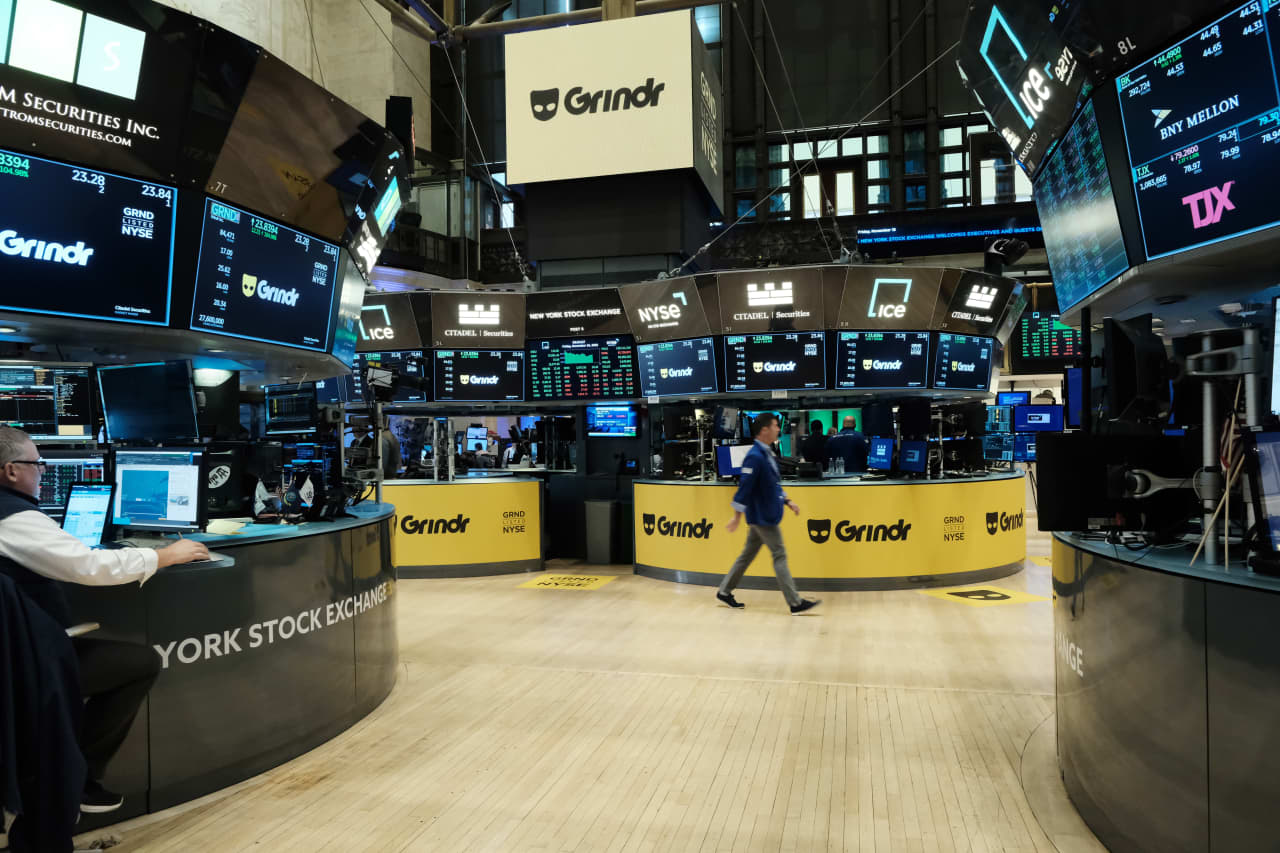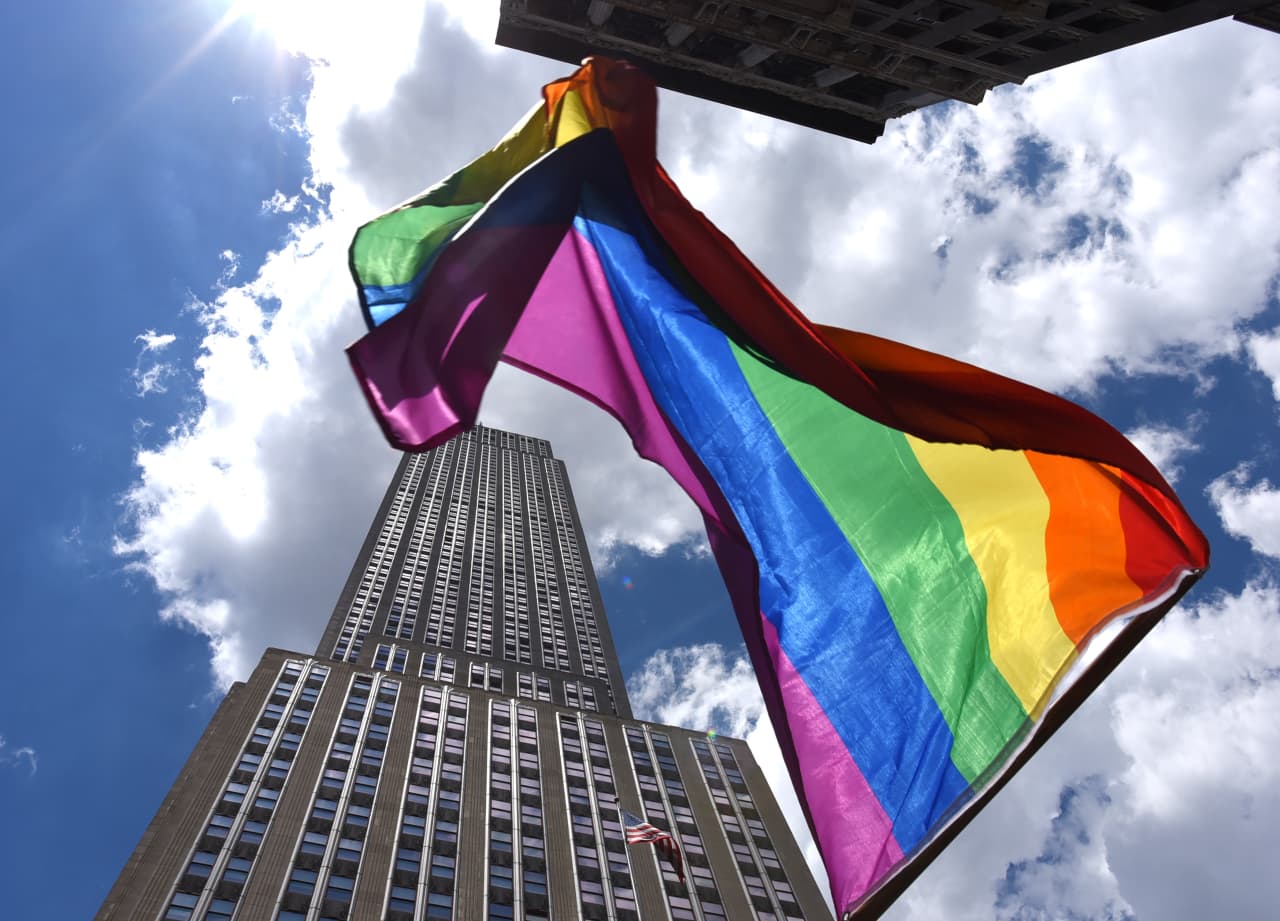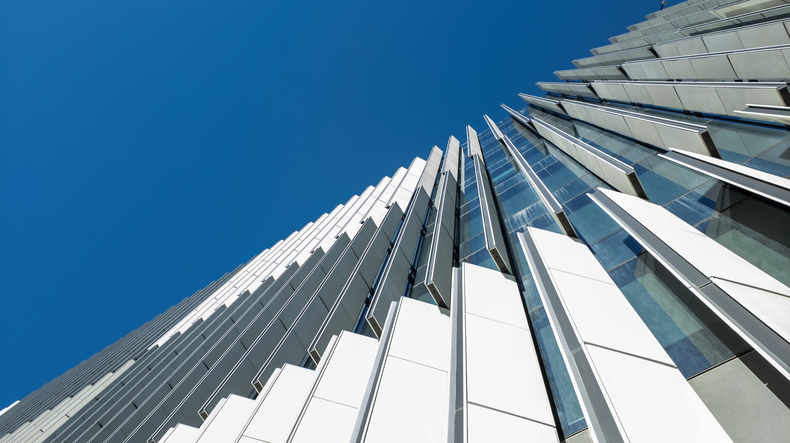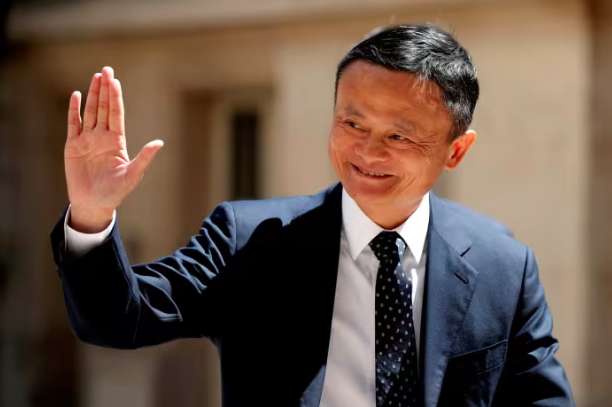Finding LGBTQ-Focused Investments Can Be Difficult. Here’s Where to Begin.
While nearly half of U.S. investors surveyed by Morgan Stanley want to invest in companies led by or making products and services for the LGBTQ community, these investments are difficult to find unless you know where to look.
Several LGBTQ-focused ETFs failed in recent years due to lack of investment, though stock investors can still put money in firms with openly queer leadership, such as Tim Cook at Apple. While opportunities for LGBTQ investments stretch across asset classes—startups attract the most attention.
For an answer as to whether this strategy can be successful, look at Grindr. One of the most prominent LGBTQ startups, the social networking app went public in 2022 and has a US$1.78 billion market cap today.
“Almost in every industry that exists, there is an LGBTQ person building [a company],” says Jackson Block, CEO of New York-based LGBT+ VC, a nonprofit addressing investment in the LGBTQ community. This means wide-ranging opportunities to invest in privately-held LGBTQ companies.
Identifying such investments often centres on two key criteria, says William Burckart, co-founder of Colorful Capital, a venture capital firm that invests in early-stage LGBTQ startups: Investors want to know whether someone in the community leads the company or if they are the target market for products and services.
Individuals and families can invest directly in companies getting off the ground or in a growing number of niche funds. Colorful Capital and Gaingels are among several firms that have formed specifically to address a longstanding lack of opportunities for LGBTQ startup founders. Others, like Backstage Capital or Elevate Capital, focus on underserved founders more broadly, including those who are LGBTQ.
According to research from StartOut, a San Francisco-headquartered LGBTQ entrepreneurship nonprofit, only 0.5% of venture funding goes to LGBTQ founders, yet they create 44% more exits, where equity investors earn capital gains through the sale or stock listing of the company, and 114% more patents than the average founder.
Colorful Capital chose to invest in seed- and early-stage funding after determining it was the “glaring gap” that needed to be filled based on conversations with LGBTQ founders, says Burckart.
Backstage Capital and Gaingels, which are syndicates with multiple investors, will support companies at several stages of development. Meanwhile, Elevate Capital, which counts 7% of founders it supports as LGBTQ, offers three funds for investors depending on what stage of investment and type of business they are interested in.
There are economic reasons to consider LGBTQ investments: Multiple studies show correlations between diversity among firm leadership and company performance as measured by internal rates of return, risk management factors, and firm valuations. “From a purely financial benefits perspective, there’s real value in beginning to embrace and integrate that kind of diverse thinking,” Burckart says.
Gaingels, whose members have invested more than US$800 million since 2019, principally invests in health, fintech, and enterprise software, according to Dealroom.co. Recent deals include taking part in a post-seed, series A funding round for San Francisco-based social care platform Grayce and a seed-funding round for Menlo Park, Calif.-based financial community platform AfterHour.
More than 70 unicorns—firms that have reached US$1 billion valuations—have been funded at different stages by Gaingels. These include Seattle-based, goal-oriented telehealth platform Ro and Dapper Labs, a Vancouver-based digital games and entertainment firm.
Block, whose organisation has a mission to educate, train, and mobilise 10,000 LGBTQ and ally investors by 2030, suggests wealthy investors enter the venture capital fray by becoming a limited partner in a fund. This allows investors to get involved with less risk and comparatively steady return expectations compared to angel investing.
Geographically, many LGBTQ companies attracting investment are North American, though regional funds exist in Europe and Latin America, Block says.
For wealthy families, investing in LGBTQ-related businesses can be a strategy to engage the next generation, as products and investment strategies that advance LGBTQ equity and inclusion are in high demand among younger investors (56% of millennials and 67% of Gen Z, according to Morgan Stanley). This is unsurprising, given that Gallup polling suggests more than one in five Gen Z adults and one in 10 millennials identify as LGBTQ.
Morgan Stanley’s Institute for Sustainable Investing estimates that those interested in LGBTQ investments control about one-third, or US$20 trillion of U.S. wealth managers’ assets under management. With the impending generational wealth transfer, the bank says control of interested investors could grow to nearly half of the assets under management at all wealth managers. Block expects that creating opportunities for LGBTQ fund managers will also help grow LGBTQ investments, and will create a “natural pipeline” for them to find roles with major investment banks.
In identifying investments, Morgan Stanley offers strategies that screen-out certain companies, says Emily Thomas, head of Investing with Impact, Morgan Stanley Wealth Management, the bank’s platform featuring funds and other investment vehicles for values-based investing.
“Per our survey, 76% of investors interested in LGBTQ impact objectives are also interested in the ability to exclude companies that don’t explicitly include protections for LGBTQ people in their labour rights policies,” Thomas says.

Getty Images
There are also companies owned or run by individuals with family and friends who are LGBTQ and want to make sure their company helps support and gives back to the community.
Recently, a banking executive spoke about their experience being raised by lesbian parents at an LGBT+ VC ally event. Morgan Stanley reports 76% of heterosexual investors with an LGBTQ household member want such investment options, more than the general population.
The biggest barrier to finding LGBTQ investment strategies is being able to gather data on the community, Thomas says.
Individuals can have reservations about sharing information regarding sexual orientation or gender identity—54% of LGBTQ individuals in the U.S. live in areas without state-level protections. Ongoing stigma against the community also prevents some people from openly identifying as LGBTQ.
“Only with more data can we know the extent of inclusion in, and exclusion from, the structures that make up the foundation upon which the U.S. economy is built,” Colorful Capital said in a May report.
(There are forces trying to change this. Earlier this year, the U.S. Census Bureau’s monthly American Community Survey announced it is looking into asking about sexual orientation and gender identity.)
Because of the sensitive nature of data and laws around personally identifiable information, there isn’t readily available data on the percent of employees who identify as LGBTQ or what representation looks like at senior levels, unlike for gender diversity. Comparably more data is available on corporate policies on LGBTQ matters, so some asset managers use that to identify companies as investments, Thomas says.
“For example, [an] asset manager can tilt portfolios toward companies that offer domestic partner benefits to same-sex couples,” she says. Other strategies could include screening for companies that offer LGBTQ diversity training or have not faced Equal Employment Opportunity Commission disciplinary actions. Investors can also use benchmarks such as the Human Rights Campaign Corporate Equality Index, which scores about 1,400 publicly and privately held firms on several areas of LGBTQ policies and practices, including whether they offer domestic partner and transgender-inclusive benefits,
Institutional Allocators for Diversity, Equity, & Inclusion, a nonprofit group of asset owners aiming to promote those principles within investment management, has a publicly available diverse manager database, which allows funds to self-report LGBTQ affiliation, Thomas says.
 Copyright 2020, Dow Jones & Company, Inc. All Rights Reserved Worldwide. LEARN MORE
Copyright 2020, Dow Jones & Company, Inc. All Rights Reserved Worldwide. LEARN MORE
This stylish family home combines a classic palette and finishes with a flexible floorplan
Just 55 minutes from Sydney, make this your creative getaway located in the majestic Hawkesbury region.
In its quarterly report on the economic outlook, the OECD said it now expects global output to increase by 3.2% in 2024 and again in 2025
Falling interest rates and recovering real wages will help drive a slight pickup in global economic growth this year and next, while recent falls in oil prices could aid the final push to tame inflation, the Organization for Economic Cooperation and Development said Wednesday.
However, the Paris-based research body warned that “comparatively benign” projections may not come to pass, with uncertainties remaining about how large an impact high interest rates will have on demand in the months ahead, while an escalation of the conflicts in the Middle East could push oil prices sharply higher.
In its quarterly report on the economic outlook, the OECD said it now expects global output to increase by 3.2% in 2024 and again in 2025, having grown by 3.1% last year. That was a slight upgrade from the 3.1% growth it forecast in May, and a sizable revision from the 2.7% expansion it expected to see when it published forecasts at the end of 2023.
The U.S. is largely responsible for that better performance, but India and Brazil are also growing more rapidly than expected, as is the U.K. By contrast, Germany and Japan have disappointed, with the former now forecast to hover on the brink of stagnation this year, and the latter to experience a small contraction.
However, despite the improved outlook for growth, and inflation rates that the OECD expects to fall to central-bank targets by the end of next year, consumer confidence has yet to pick up significantly, which would give a further boost to growth.
The OECD said that persistent dissatisfaction with economic performance, which is not limited to the U.S., is likely linked to the fact that food prices remain well above their pre-pandemic levels.
“There is a disconnect between how the economy is perceived and how the economy is doing,” said Alvaro Pereira , the OECD’s chief economist. “For people who go to the supermarket, food prices relative to wages are still higher.”
In the U.S., the gap between food-price and wage inflation between the end of 2019 and the second quarter of this year was roughly four percentage points. But that gap was much wider in large European economies, and above 15 percentage points in Germany. In South Africa, it was above 20 points.
The recent fall in oil prices may help offset some of that dissatisfaction, and boost a global fight to tame inflation that appears to be in its final stages. The OECD estimated that the 10% decline since July would knock half a percentage point off the global rate of inflation, if it were to be sustained. But it is far from certain that it will be.
“If the conflict in the Middle East escalates, this will have an impact on energy prices,” Pereira said.
Should escalation be avoided, the OECD said further falls in oil prices could allow for a faster reduction in central-bank interest rates than it currently expects, and boost growth in countries that don’t produce oil.
With inflation rates set to fall further, the OECD said central banks should lower their key interest rates, but in a manner that is “carefully judged” to ensure price rises continue to slow. It expects the Federal Reserve’s key rate to fall by a further 1.5 percentage points by the end of 2025, while the European Central Bank’s key rate is forecast to fall by 1.25 percentage points.
The Paris-based body said the interest-rate rises that central banks announced in 2022 and 2023 to counter a surge in inflation continue to weigh on growth, although with diminishing force.
But it noted that many households and businesses continue to see the interest rates they pay rise as their debts mature and they enter into new contracts. The OECD estimated that almost a third of rich-country corporate debt is due to mature in 2026, with new debt issued to replace it likely paying a higher rate of interest.
The OECD left its forecast for U.S. growth in 2024 unchanged at 2.6%, and also retained its 4.9% projection for China. Pereira said the package of stimulus measures announced by the Chinese government Tuesday could lead to a “slight” upward revision when the OECD next releases growth forecasts in early December.
This stylish family home combines a classic palette and finishes with a flexible floorplan
Just 55 minutes from Sydney, make this your creative getaway located in the majestic Hawkesbury region.






















